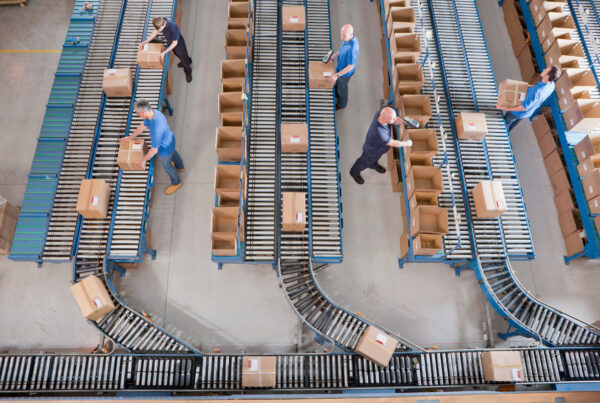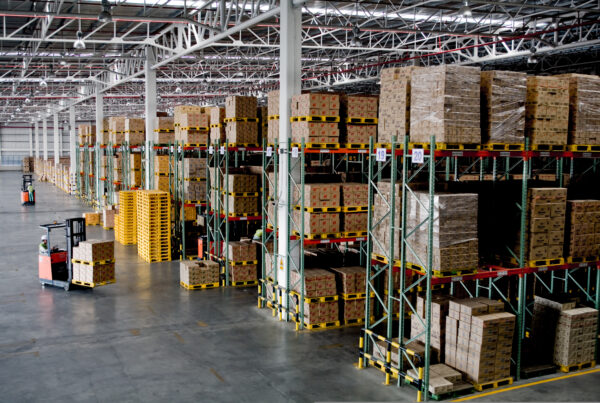Material handling systems can improve your operational efficiency and productivity significantly. If you are planning on implementing industrial material handling systems at your workplace, you need to be aware of the principles that govern these machines. These principles/elements of material handling systems explain the basis on which these technologies function, allowing you to take full advantage of them.
In which industries are material handling systems essential?
Forecasts indicate that the global material handling equipment industry will reach revenues worth $41.18 billion by 2025. In 2020, this figure was around $29.16 billion. These numbers indicate how effective material handling system is to any company.
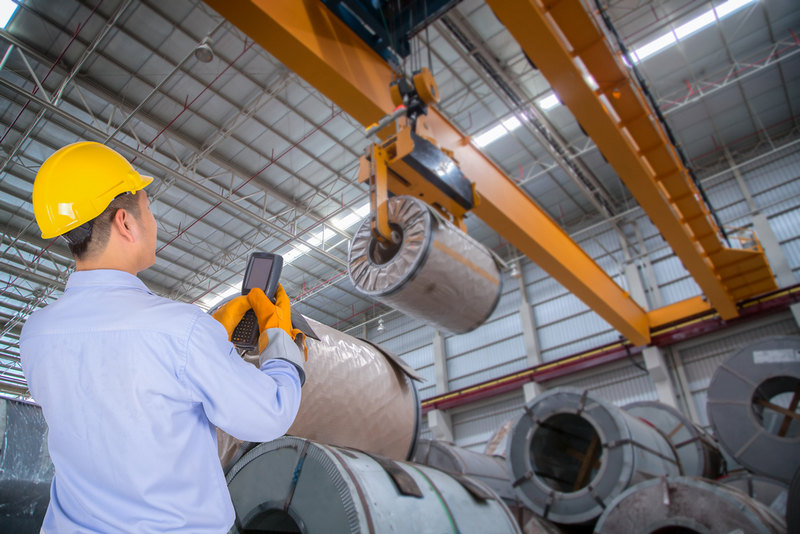
Almost all companies that deal with any raw materials, semi-finished goods, and finished products require material handling systems. The usage of these systems ranges from automobile manufacturing to pharmacy to textile stitching.
What are material handling systems used for?
The major objectives of material handling systems are to:
- Move goods from one place in the production unit or warehouse to another.
- Pack or unpack goods in bulk and save time.
- Sort and segregate goods based on different criteria.
- Store goods in a safe place that protects them from spoilage.
- Prevent over-dependence on labor and prevent on-site injuries and accidents.
- Reduce production and shipping time.
10 key principles of material handling systems
Your technology can be an effective material handling system when it functions in accordance with the following 10 elements/principles:
1. Planning
Planning is of the essence to eliminate any confusions, bottlenecks, or injuries when materials are being handled. Material handling systems reduce your vulnerability to risk by helping you plan the movement, storage, and dispatch of goods in a seamless and clear manner.
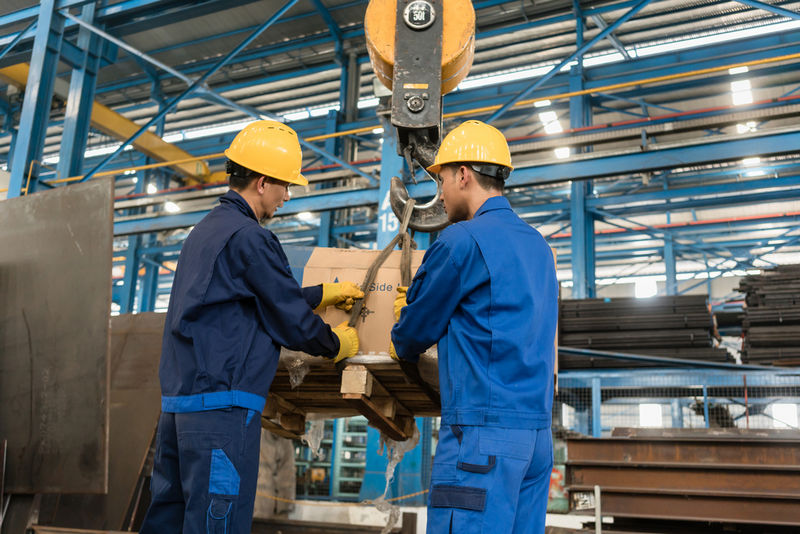
In particular, industrial material handling systems allow teams to collaborate with each other during every stage of the handling process, ensuring there is flow in operations.
2. Work
Mistakes and accidents increase on-site when the amount of work in material handling is really high. When you plan effectively, the amount of work to be done also reduces because you can easily allocate tasks as necessary.
Material handling systems can help you identify the different activities that need to be done and the paths/tools that need to be used to handle materials.
3. Standardization
Problems can occur in material handling when there is no consensus or a standard on which the company can use to complete work and measure performance. Industrial material handling systems allow us to standardize the way in which materials are handled, ensuring there is lesser scope for goods getting lost or spoiled. Additionally, standardized handling reduces wastage of time and resources, thereby increasing company productivity.
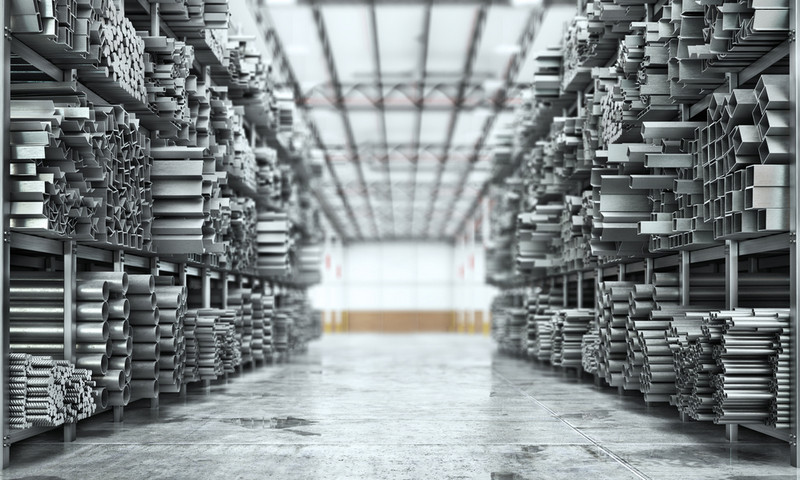
One major benefit of material handling systems is that although they offer standardization, they give enough flexibility to users to ensure they are not boxed into an inefficient material handling process.
4. Unit Load
A “unit load” refers to a specific load of goods, which can be moved as a single unit. For example, you have 5000 boxes of cereal to store in a different part of the warehouse. Let’s say you are able to fit 500 boxes on one pallet. These 500 on a pallet are called the unit load.
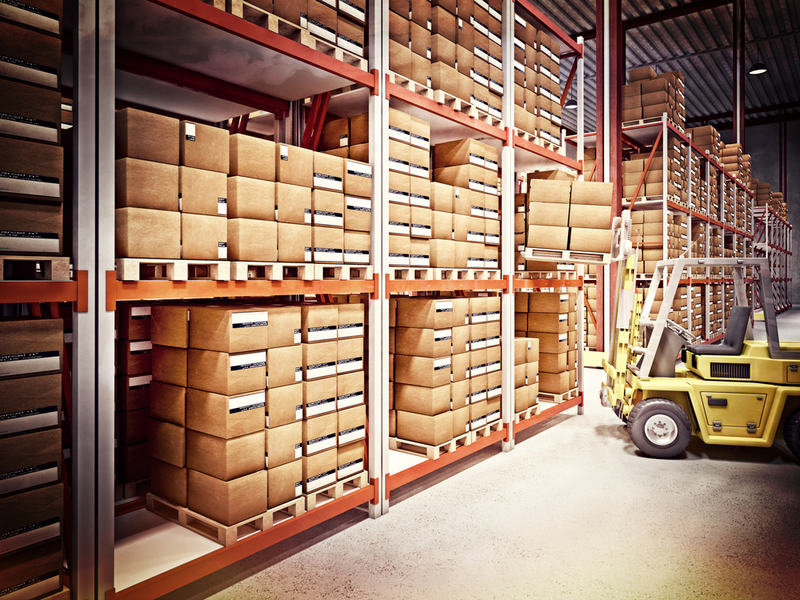
Effective material handling systems give you the tools needed to create smart unit loads that reduce employee effort, prevent accidents, and save operational time.
5. Ergonomics
In a manual material handling process, employees are expected to do a set of repetitive tasks that can cause injuries due to overuse of specific parts of the body. For example, continuously bending down to pick up a box to load a van.
Ergonomics is the process of creating a material handling system that offers a comfortable and safe work environment for employees, preventing injuries, and disabilities. Material handling systems can eliminate certain tasks or make them easier, making the overall process more ergonomic. Here, your system will not only help ease physically strenuous tasks but also reduce mental fatigue as well.
6. System Integration
System integration refers to bringing together various activities in the supply chain into one single system to improve productivity.
A material handling system will merge a variety of material handling activities so they occur seamlessly. These systems will allow you to determine how resources are allocated, what transport flow is best for the company, and how information is shared across departments during production and processing.
7. Automation
Manual material handling isn’t always feasible. This is where automation helps. An effective material handling system can reduce the amount of menial labor to be performed in a task. By automating certain tasks, you’ll be able to dispatch your employees to those activities where their skills will add value.
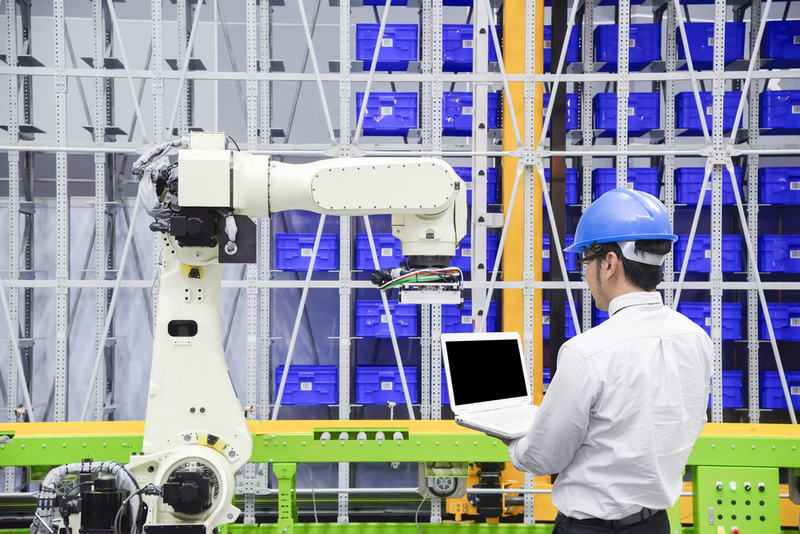
Automation also improves the quality of work done because it is devoid of human fatigue and error.
8. Space Utilization
Many people lack the spatial skills necessary to judge, just with a single look, how best to utilize warehouse space. This is where material handling systems help. They give us the ability to reduce clutter and bottlenecks by optimizing the space available. You will also be able to know if the inventory you carry is too much and if you can stagger the arrival of inventory according to space availability and order rate.
These systems allow us to chart pathways and vehicular routes, which reduce the distance that goods need to travel, to reach the various material handling hubs. Here, material handling systems also make your worksite accessible for differently-abled workers by managing space smartly.
9. Sustainability
Many of our natural resources are close to depletion or destruction today. Companies need to be mindful of their carbon footprint and try to reduce their ecological impact. This is one of the major objectives of material handling systems.
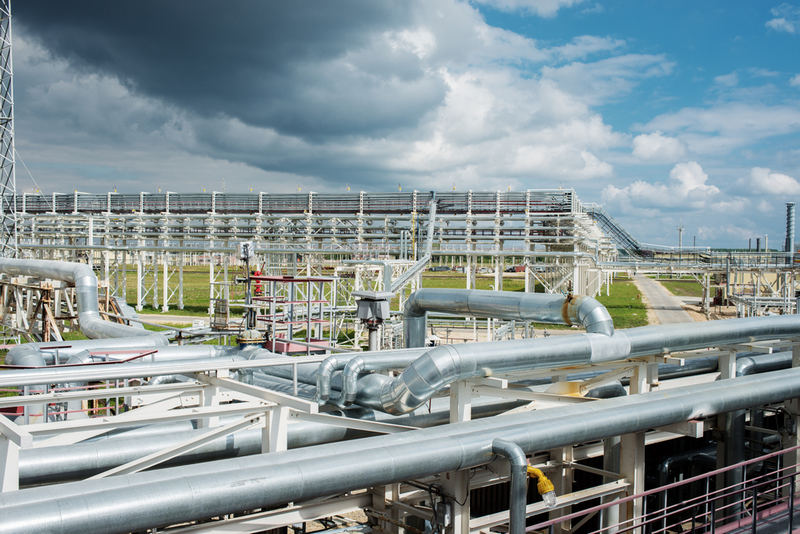
These systems empower companies with the tools they need to use their materials carefully, so there is no waste. They also offer solutions for material reuse, recycling, and disposal in such a way that there is no risk of contamination, spillage, explosions, and so on.
10. Life Cycle Cost
Finally, at the end of the day, your company should recover the investment you have made in the entire process without incurring additional expenses. This can only happen when you achieve a high level of operational efficiency and productivity. By partnering with the right integration team you can trust to implement the above points, SRSI, material handling systems allow you to maximize your life cycle returns at the lowest of costs.
What are the advantages of implementing these principles in business?
As we’ve seen above, the benefits we achieve from these principles of material handling systems are:
- Lower costs in material handling, production, and order processing.
- Shorter production life cycle.
- Reduction in carrying excess inventory.
- Increased workplace safety and comfort.
- Better quality management and control.
- Higher efficiency in operations and increased productivity.
- Better service to customers.
In summary
Considering the above benefits, wouldn’t you want to employ an effective material handling system at your workplace? By championing the above principles and offering these phenomenal advantages, your new industrial material handling systems will give you the competitive advantage you need to succeed. We speak operations at SRSI and are ready to help you implement these principles to make you the best in your space. Talk to us today about how to start optimizing your space.
 Skip to main content
Skip to main content


